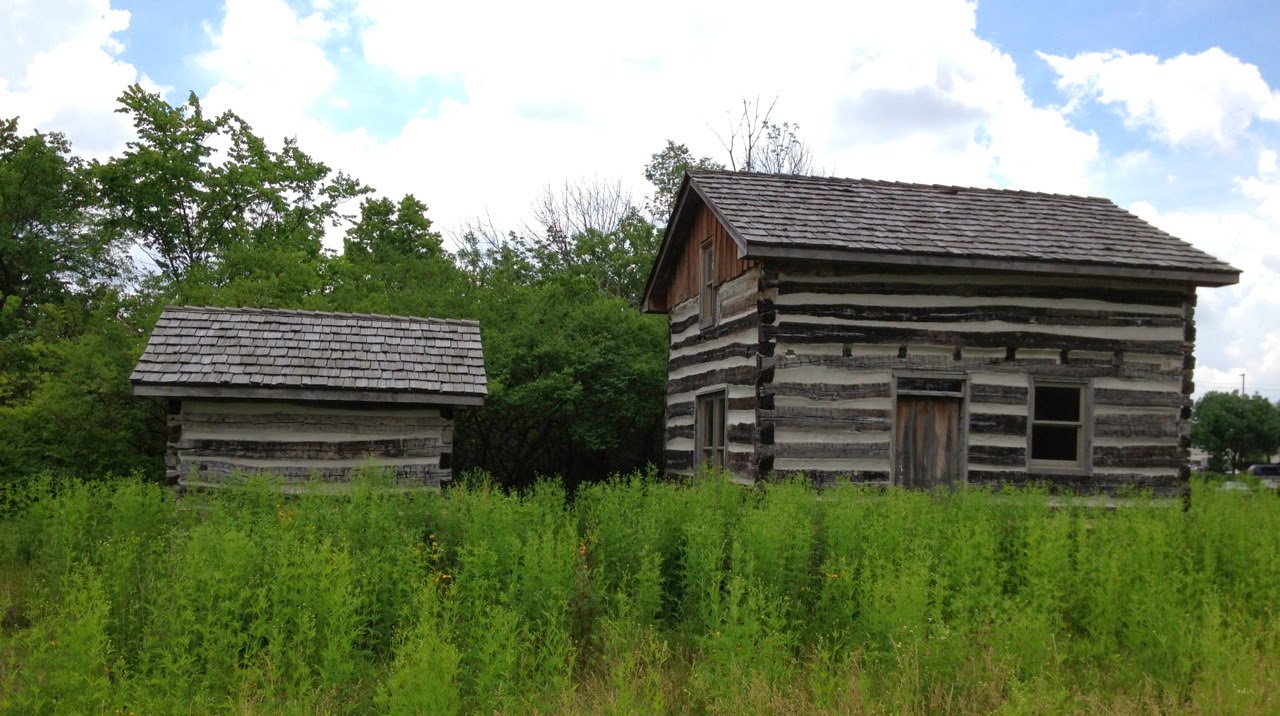Over the weekend I attended an excellent seminar by Dr. Thomas W. Jones, who among his many
credits is author of Mastering
Genealogical Proof and co-editor of the National
Genealogical Society Quarterly. The seminar was sponsored by and held at
the Western Reserve Historical Society in Cleveland, Ohio.
Tom gave four presentations packed
with strategies and guidance for effective genealogical research, analysis, and
correlation. I came away with valuable insights to apply to my most challenging
cases, including those where sources disagree or evidence is lacking.
But the point I want to share with you today is one Tom made at the very end of
the day, in response to an audience question. I think it resonates with
genealogists and family historians everywhere, regardless of location, skill
level, technological comfort, or other factors.
His point? Preserve today what could be lost for future
generations.
Think about that. What
memories or unique knowledge of the past do you have? What research have you done that
could be lost or thrown out by heirs with less interest or space? What family
surnames are in danger of dying or “daughtering” out? What irreplaceable
records do you hold that could disappear in a fire, flood, tornado, or other
disaster? What relatives have you been meaning to interview or ask for a DNA
test? What stories or conclusions have you intended to write about?
The top two priorities for
today’s genealogists, according to Tom Jones, are:
- Collect all the family lore, then share or publish it so it is not lost
- Collect as much DNA information as you can
So simple. And yet, such a
challenge. As we struggle to solve the puzzles of our ancestry and make the
right connections to our past, we often become mired in that past. It’s easy to
push on researching, and harder to step back and pull things together for a
book, article, or even a source-cited blog post. I’m as guilty as anyone. With
so much competing for my time, writing my own family history stories typically falls
to the bottom of my to-do list.
What can you do now to make sure your family history doesn’t get lost?
Here’s a few ideas:
- Become a collector of family lore. Talk to your parents, aunts, uncles, cousins, and siblings to get their stories, scan their photographs, and learn about their heirlooms.
- While you’re at it, ask your relatives if they’d be willing to take DNA tests for genealogy. Genetic genealogy is still developing, but holds great promise for solving family mysteries when used in conjunction with traditional research.
- Sort and store your most precious family treasures—original documents, photos, and mementoes—in archival boxes, separate from your everyday research binders or files. Label and identify everything you put in. Let your family know that these items, above all else, should be saved. (For more information, I recommend How to Archive Family Keepsakes by Denise Levenick.)
- If you have an irreplaceable, one-of-kind record, such as a family Bible record, scan or photograph it, then give a copy to a genealogical society. See if they’d be interested in publishing it in their newsletter or journal, preferably with a word-for-word transcription.
- Pick an ancestor or family that you’ve compiled records for, organize the material in chronological order, and write a summary. Cite all your sources and tell what conclusions you’ve reached. For added interest, pull in pertinent historical detail and craft it as a story. Share it by giving copies to relatives, submitting it to a local or state society publication, and/or posting it on a blog or website. The blog series 52 Ancestors in 52 Weeks, coordinated by Amy Johnson Crow, is designed to help you share short individual stories.
- If you don’t have a family history blog, consider starting one. It’s an easy way to share documents, photos, and pieces of your family history, and can lead to connections with distant cousins who might hold additional pieces of the family puzzle.
- A multi-generation family history chart or book can become a treasured keepsake. Don’t let the size of the project discourage you—just get started. I made a chart for my husband’s parents with the help of Family Chartmasters, and found it very rewarding. Because facts on the chart aren’t cited, I printed out family group sheets identifying the sources of my information and attached them to the back of the frame.
- If research shows you’re eligible for a local, state, or national lineage society, start preparing your application. Lineage societies require proof of information and relationships, and they keep their members’ application materials. This means the records you submit for your family will be saved and made available to future researchers.
The key to success? There’s just one. Don’t wait until it’s too late. I plan to heed Tom Jones' advice and make preserving my family history one of my top priorities. What ways have you found to preserve yours?
--Shelley
© Shelley Ballenger Bishop
2014
Related posts:


